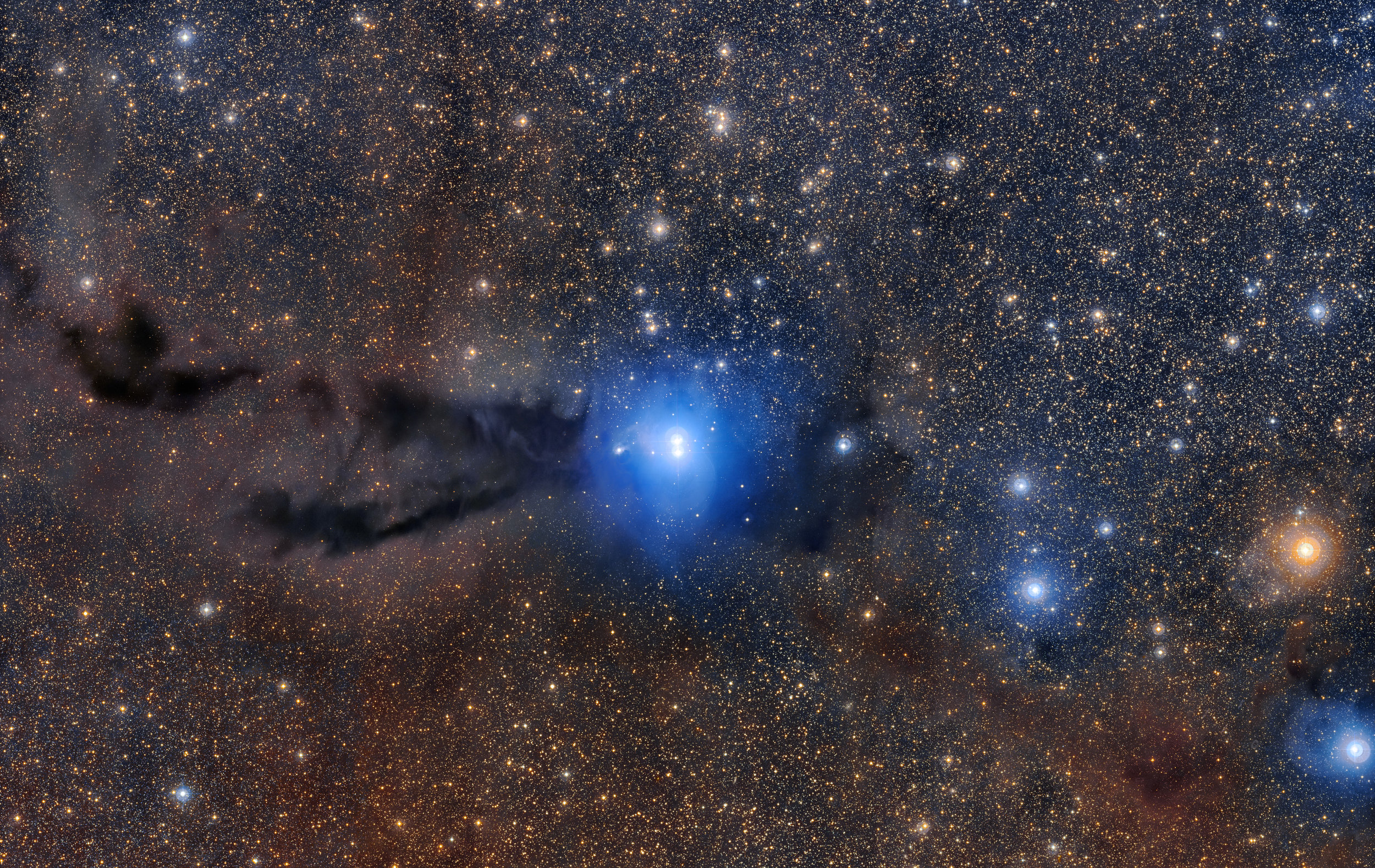Russia takes the highest resolution photo of Earth ever.
The image, released by the Russian Federal Space Agency (Roscosmos), it was taken by the Elecktro-L weather satellite. The satellite is in geostationary orbit about 22,000 miles (36,000km) above the Indian Ocean.
The high resolution image is actually made from a composite of four, 121-megapixel images — three of which were taken at three different wave-lengths in the visible light spectrum, with the fourth (and last added) image being an infra-red (IR) image.
The satellite makes a composite image of the Earth every 30 minutes.
The image, released by the Russian Federal Space Agency (Roscosmos) last week, was taken by the Elecktro-L weather satellite. The satellite is in geostationary orbit about 22,000 miles (36,000km) above the Indian Ocean and was launched in January of 2011.
The super-resolved image is actually made from a composite of four, over-layered, 121-megapixel photographs — three of which were taken at three different wave-lengths in the visible light spectrum, with the fourth (and last added) image being an infra-red (IR) image. This last image is what makes the terrestrial vegetation (forests, etc.) appear orange, and the more or less bare earth (deserts, etc.) appear in greenish hues.
The satellite makes a whole-disc (composite) image of the Earth every 30 minutes and the images are then transmitted to NTs OMZ, the Russian Earth Observation center. According to the Planet Earth website, “Each image produced by this spacecraft is higher resolution than any other whole-disk image produced to date.”
Source: Planetsave (http://s.tt/1c3sX)
The image, released by the Russian Federal Space Agency (Roscosmos) last week, was taken by the Elecktro-L weather satellite. The satellite is in geostationary orbit about 22,000 miles (36,000km) above the Indian Ocean and was launched in January of 2011.
The super-resolved image is actually made from a composite of four, over-layered, 121-megapixel photographs — three of which were taken at three different wave-lengths in the visible light spectrum, with the fourth (and last added) image being an infra-red (IR) image. This last image is what makes the terrestrial vegetation (forests, etc.) appear orange, and the more or less bare earth (deserts, etc.) appear in greenish hues.
Source: Planetsave (http://s.tt/1c3sX)
The image, released by the Russian Federal Space Agency (Roscosmos) last week, was taken by the Elecktro-L weather satellite. The satellite is in geostationary orbit about 22,000 miles (36,000km) above the Indian Ocean and was launched in January of 2011.
The super-resolved image is actually made from a composite of four, over-layered, 121-megapixel photographs — three of which were taken at three different wave-lengths in the visible light spectrum, with the fourth (and last added) image being an infra-red (IR) image. This last image is what makes the terrestrial vegetation (forests, etc.) appear orange, and the more or less bare earth (deserts, etc.) appear in greenish hues.
Source: Planetsave (http://s.tt/1c3sX)



